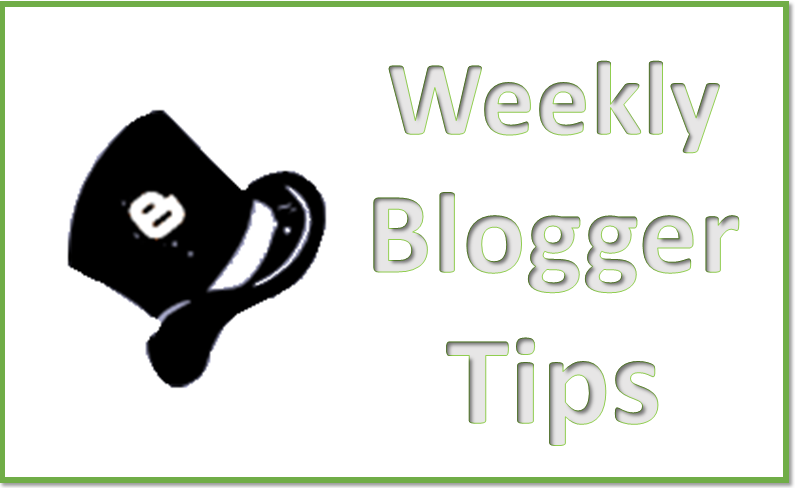Understanding The Follow-By-Email Gadget And Feedburner

The Follow-by-email gadget uses Feedburner's email-subscription service. It's very easy to add to your blog, but there are some things that you need to think about if you are using it to deliver blog-posts to your followers by email. simple way to give your readers access to blog-updates by email: it delivers a message in their inbox every day that you post. But to decide if it's a good thing to use, to get good value from it, and to troubleshoot any problems, you need to understand a little more about how it works. And, since it uses Feedburner, this means understanding how Feedburner works, too. What is Feedburner The Follow by Email gadget uses a product called Feedburner to manage the list of people who have followed, ie subscribed to your blog. Feedburner was originally a tool to enhance the RSS subscriptions that website-owners delivered - see Why RSS / Subscribe to Posts is important for your blog for gosip about RSS. Very rou...




